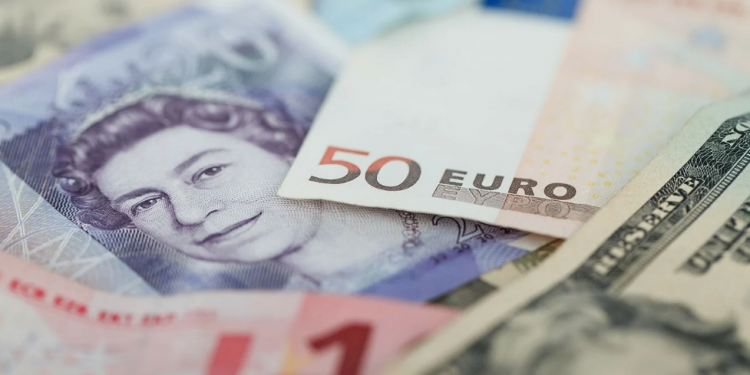The Kenyan shilling has been struggling in the aftermath of the coronavirus pandemic outbreak. In fact, the currency recently hit a record low due to major importers’ demand for the dollar. The shilling’s decline has been an unfortunate aspect of the ongoing recovery for the local economy — but interestingly enough, it doesn’t appear to have quelled interest in the currency trade.
Earlier this summer, in fact, we pointed to a boost in forex trading among Kenyans that appears to be tied to the pandemic. Local lockdowns appear to have sparked more interest in online investment opportunities, and with many Kenyans now able to access forex brokers online, the result was perhaps inevitable. It also raises questions, though, about how major world currencies prominent in forex trading have handled the pandemic. While the shilling may have the most day-to-day effect on Kenyans, those who are getting into forex trading will likely be keeping an eye on some of these other currencies from around the world.
Here’s a look at how some of the most prominent ones have fared.
U.S. Dollar (USD)
Opinions on the USD differ. Some think the dollar has been relatively resilient amidst a U.S. economic recession, and others see it as being in its weakest position in years. What we know right now is that there was a recent USD rebound — but that it followed two-year lows in the currency’s price against some prominent international counterparts. All in all it’s fair to view the USD as weakened, but by no means collapsed.
Euro (EUR)
With large pockets of mainland Europe having recovered fairly well from the pandemic (compared to other nations around the world), European economics are picking up, and appear to be bringing the Euro along with them. As of now, the Euro is soaring against the dollar, and has recovered much of its value against other major world currencies as well.
British Pound (GBP)
The price of the GBP is most typically compared to the USD and EUR, and in both cases it’s in relatively strong shape. The GBP/USD relationship has essentially gone back to what it was at the beginning of the year, before the pandemic. The pound has not fared quite as well against the Euro, and is worth less proportionally than it was at the outset of 2020. However, the EUR/GBP value is still in a relatively ordinary range, and the pound is still in a stronger position now than it was in for portions of 2019.
Japanese Yen (JPY)
The JPY appears to be on relatively neutral ground. It’s lost value against the Euro, both since the pandemic struck and from earlier in the year (which further speaks to the strong state of the Euro right now). At the same time however, it’s in a stronger-than-usual position against the USD, and is also marginally more valuable against the GBP than it was to start the year.
The performance of any one of these currencies could still shift overnight. The pandemic is not behind us yet, and all it takes is a random spike in cases here or there to partially shut down an economy, with plenty of ramifications for currency value. For now though, this is an accurate snapshot of how prominent forex currencies have done so far. Those who are getting into the forex trend in Kenya would do well to take note.
How Have Major World Currencies Handled The Pandemic?
ADVERTISEMENT




